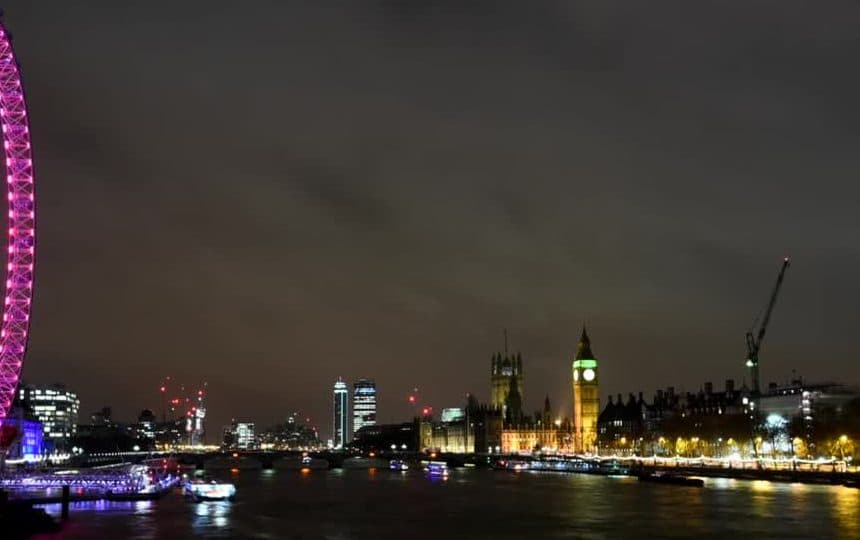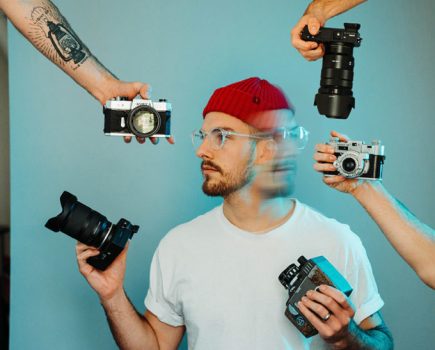Everyone loves the cool technique of time-lapse photography, where time appears to be manipulated by using a frame rate lower than the rate used to play the sequence back. Mark Higgins, a former Nikon School employee turned professional photographer, is a renowned specialist in this area, and will soon be releasing a new book titled Time-Lapse Photography: Art and Techniques. We caught up with him for a chat.
‘I’m from a stills background, but started getting into cine film around 1999, which encouraged me to experiment with animation and time-lapse photography,’ Mark says. ‘Once DSLRs with time-lapse modes and intervalometers came along, such as the Nikon D800 series, I got back into it.’ Before time-lapse modes, photographers had to get by with just intervalometers, which still required you to put the stills onto a computer and make a video – a clunky, memory-hungry process. ‘With time-lapse modes, however, you get a clear video that just needs editing,’ he adds.

A still taken from a time-lapse video. Note how the directions of the traffic make interesting effects. Taken on a Nikon D750 with a 20mm lens
One of the images from the first sequence that Mark was really happy with graces the cover of his new book, and was shot from the iconic Blue Fin Building in London (former home of AP). ‘I was filming there with the Nikon D750, and although the weather was horrendous, it produced these incredible clouds,’ he says. ‘I thought this is something to show and be proud of.’
Mark reckons the best subjects for time-lapse photography are many and varied. ‘Try using water, fog, clouds… in fact, anything that looks nice in a landscape-type image but will then move as you take a time-lapse shot. Then there are people, traffic, water surfaces being disturbed by the wind – all of these make a good starting point for time-lapse photography. Don’t forget traffic trails, either. A still of a traffic trail is fun, but a time-lapse sequence is cool.’

Taken as part of a research project in central London. Shot on a Nikon D750, again with a 20mm f/1.8 lens
While Mark is now an expert in most areas of time-lapse photography, he hasn’t yet tried recording time-lapse star trails. ‘It’s on my bucket list, but I have been living in London for the past few years and there hasn’t been the opportunity to get clear enough or dark enough skies,’ he explains.
‘Landscape and street photography are very close to time-lapse photography from a stills perspective, and I hope to continue progressing with both as separate projects,’ Mark adds. ‘Shooting video and stills gives you a unique angle as a stills photographer because it makes you more open to movement and makes you look at all four corners of your frame at all times. This can help you to improve as a photographer very quickly.’
Kit list
1. Camera

You can use phones, tablets or mirrorless cameras for time-lapse photography, but Mark favours DSLRs. He says: ‘The Nikon D750 and D810 offer a high-quality time-lapse mode and the bodies are great, too.’
2. Lenses
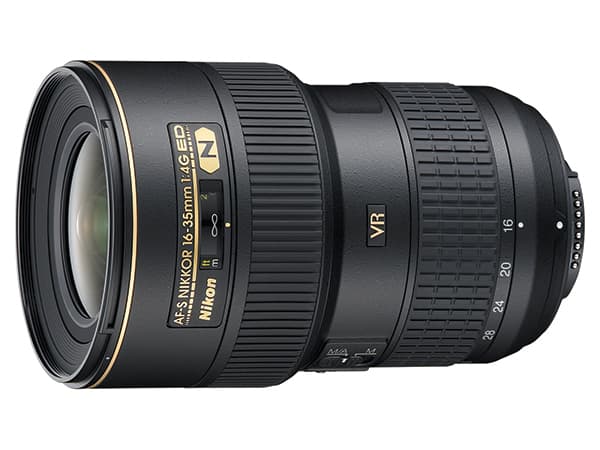
‘I often use a prime lens such as a 20mm or 35mm f/1.8, but if I don’t know how to frame a subject I will take a 16-35mm f/4,’ says Mark. ‘You can screw filters on easily and it’s so sharp. I also like the 24-70mm and 70-200mm f/2.8 zooms.’
3. Editing
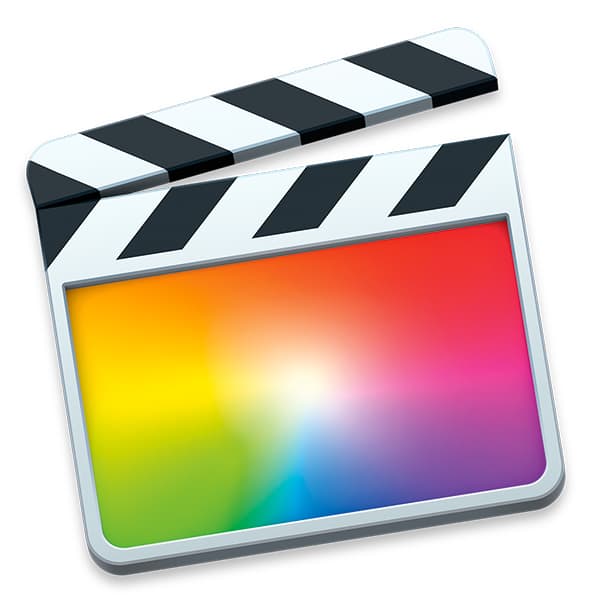
‘To edit the time-lapse sequence, which comes through as a .MOV file, I use Final Cut Pro,’ Mark adds. ‘It’s been my saviour and is not that expensive, either.’
Common time-lapse mistakes
According to Mark, a lot of beginners come to grief in the following areas
1. ‘The first mistake is not realising how many frames you need to get a certain amount of playback,’ he explains. ‘If you are choosing 24 frames per second as your delivery, you are going to have to stand there for 24 frames to get one second. So what most people do, including me when I started out, is just shoot for a minute for two, and then end up with a time-lapse sequence that goes by in a split second. So work out how long you need to be there.’
2. ‘Another mistake is to try to zoom the lens in and move the tripod around,’ adds Mark. ‘This is fun to experiment with, but can step over into hyperlapse, which is a different, albeit still very interesting, offshoot. For beginners, though, moving the camera around won’t always give you a great look.’
3. ‘It’s really important that you check your exposure before starting a time-lapse sequence,’ he adds. ‘You need to take a test image, otherwise you can be standing there generating poorly exposed shots.’
4. ‘Noise can be a problem in low light, so I use a decent tripod, shoot in aperture-priority mode and keep the ISO down low,’ he continues. ‘When using aperture-priority mode, the shutter speed takes care of itself and you can get some interesting slower shutter-speed effects.’
5. ‘Beginners often get mixed up with aspect ratio, too,’ says Mark. ‘Remember that video is 16:9, which is more of a letterbox format, like your TV. If you compose in a stills ratio for time lapse, you will chop the top and bottom off.’
__________________________________________________________________________________
About Mark: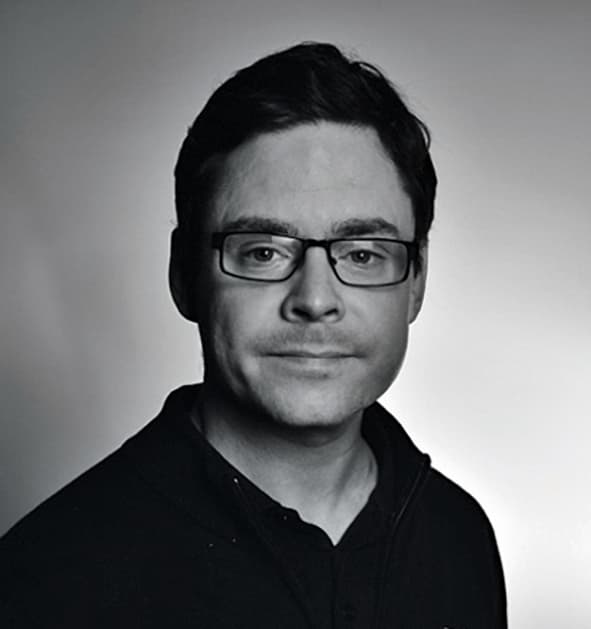
Mark has more than 15 years’ experience in the photography industry and has worked as a product specialist and trainer at the Nikon Photo School. He is now setting up as a consultant and freelance photographer and video specialist. To see more of Mark’s work, go to bit.ly/higginstimelapse

